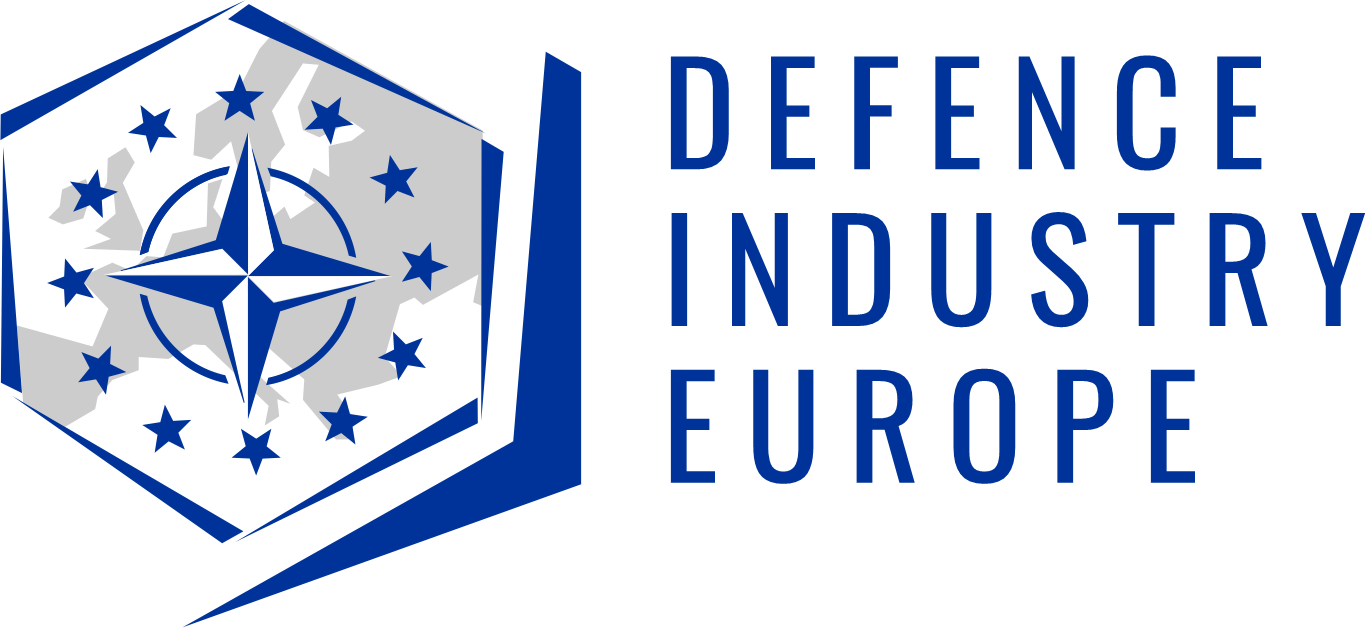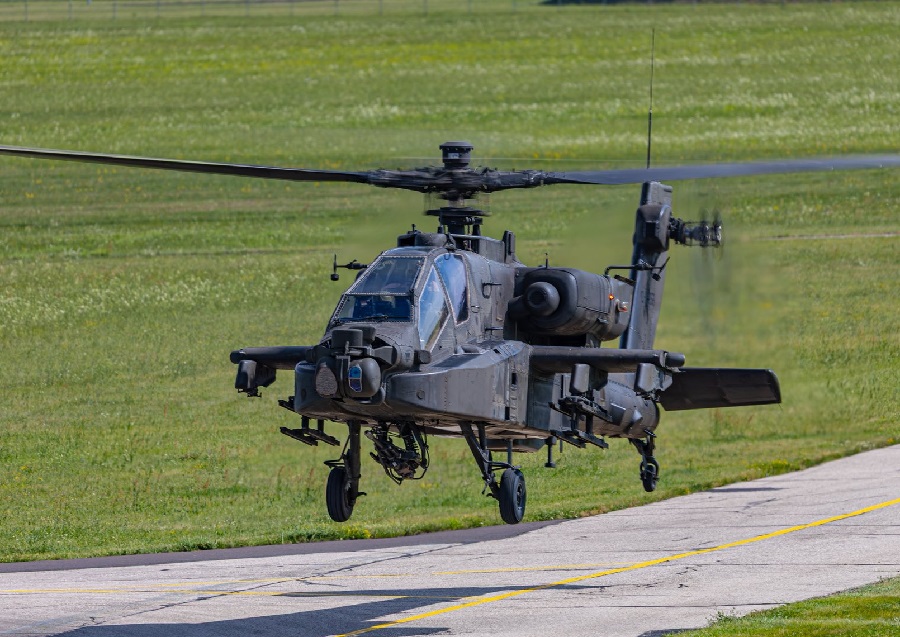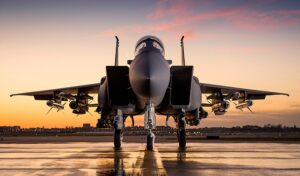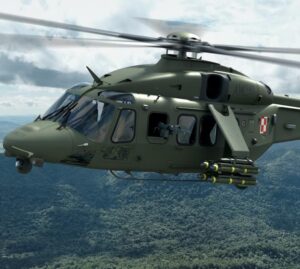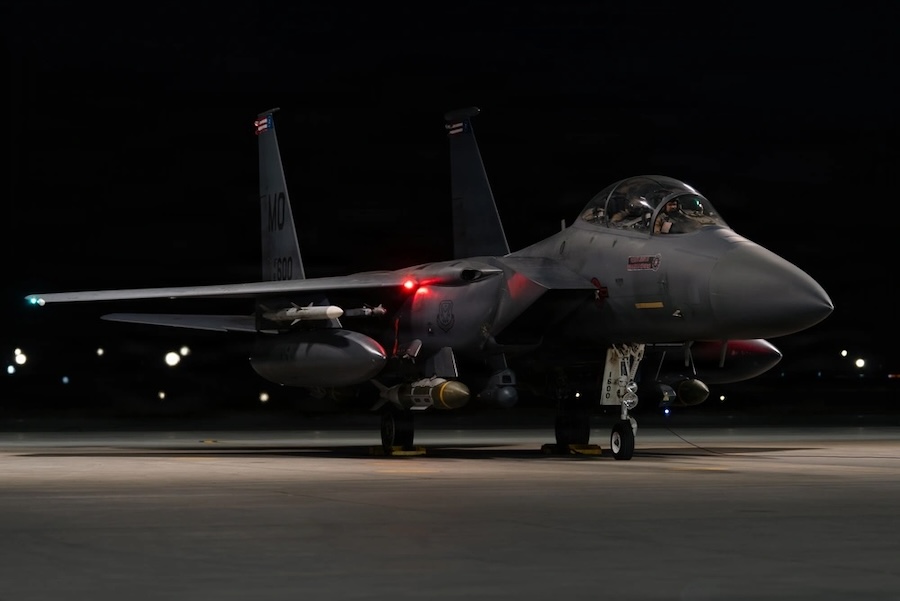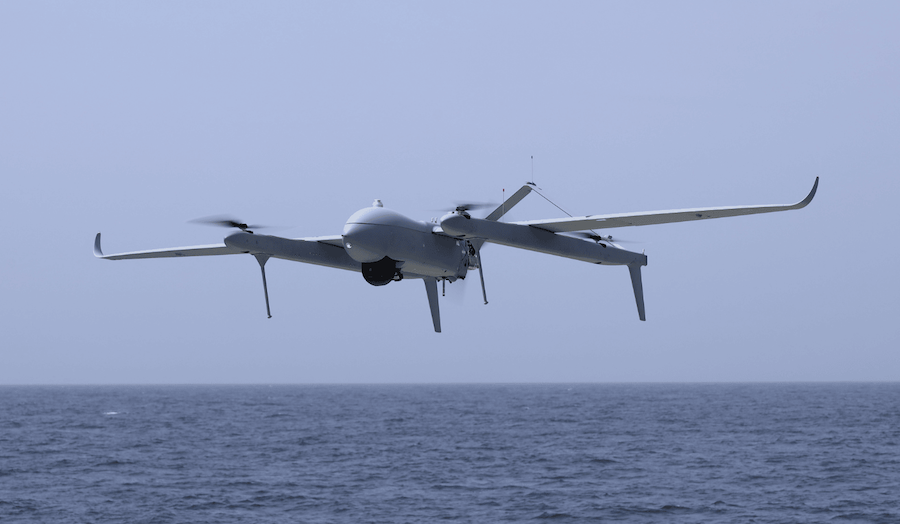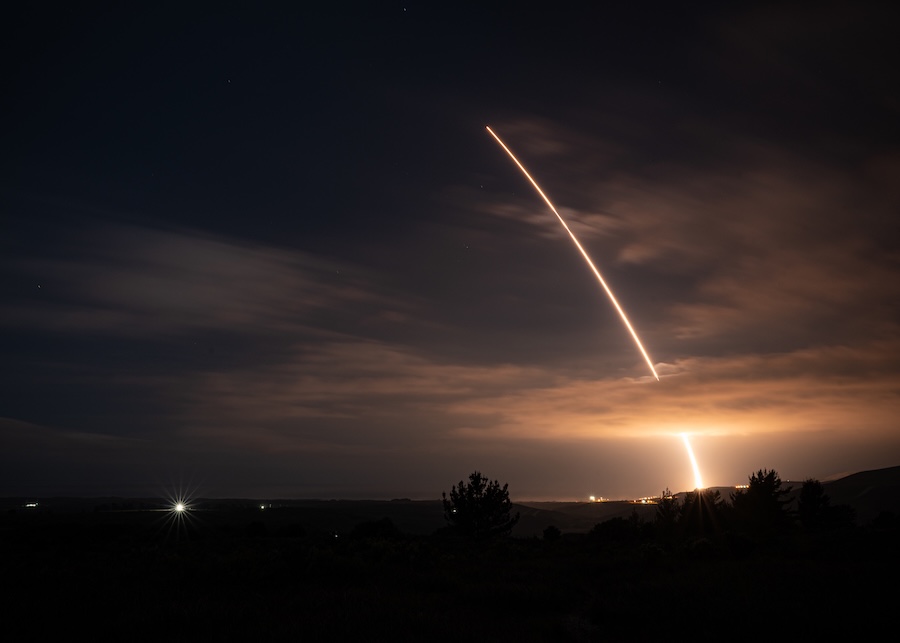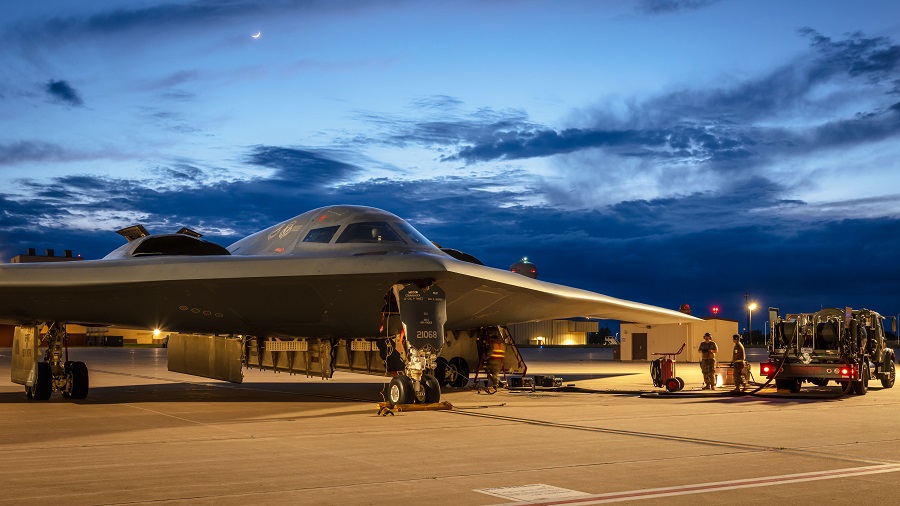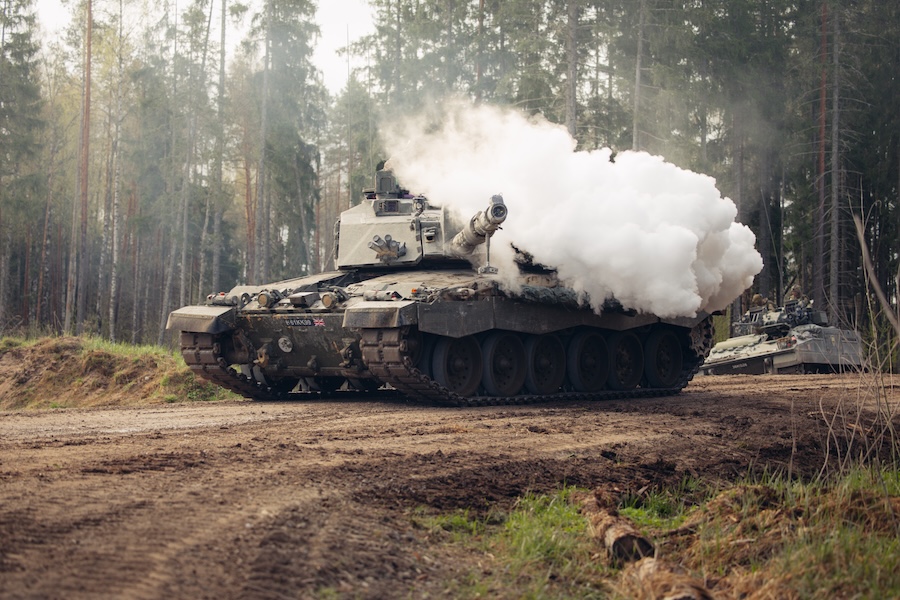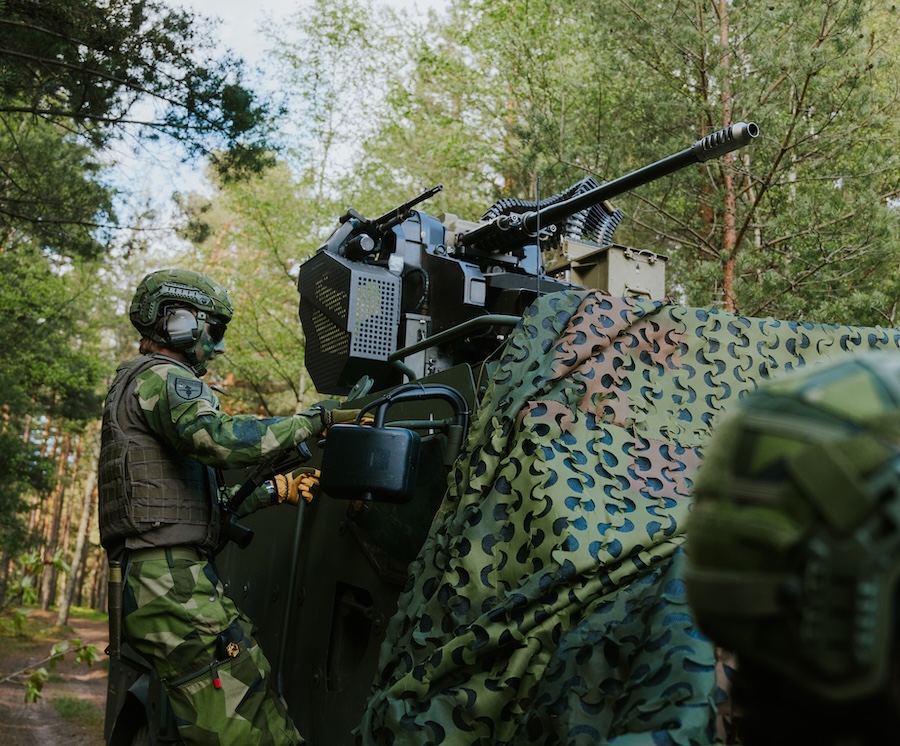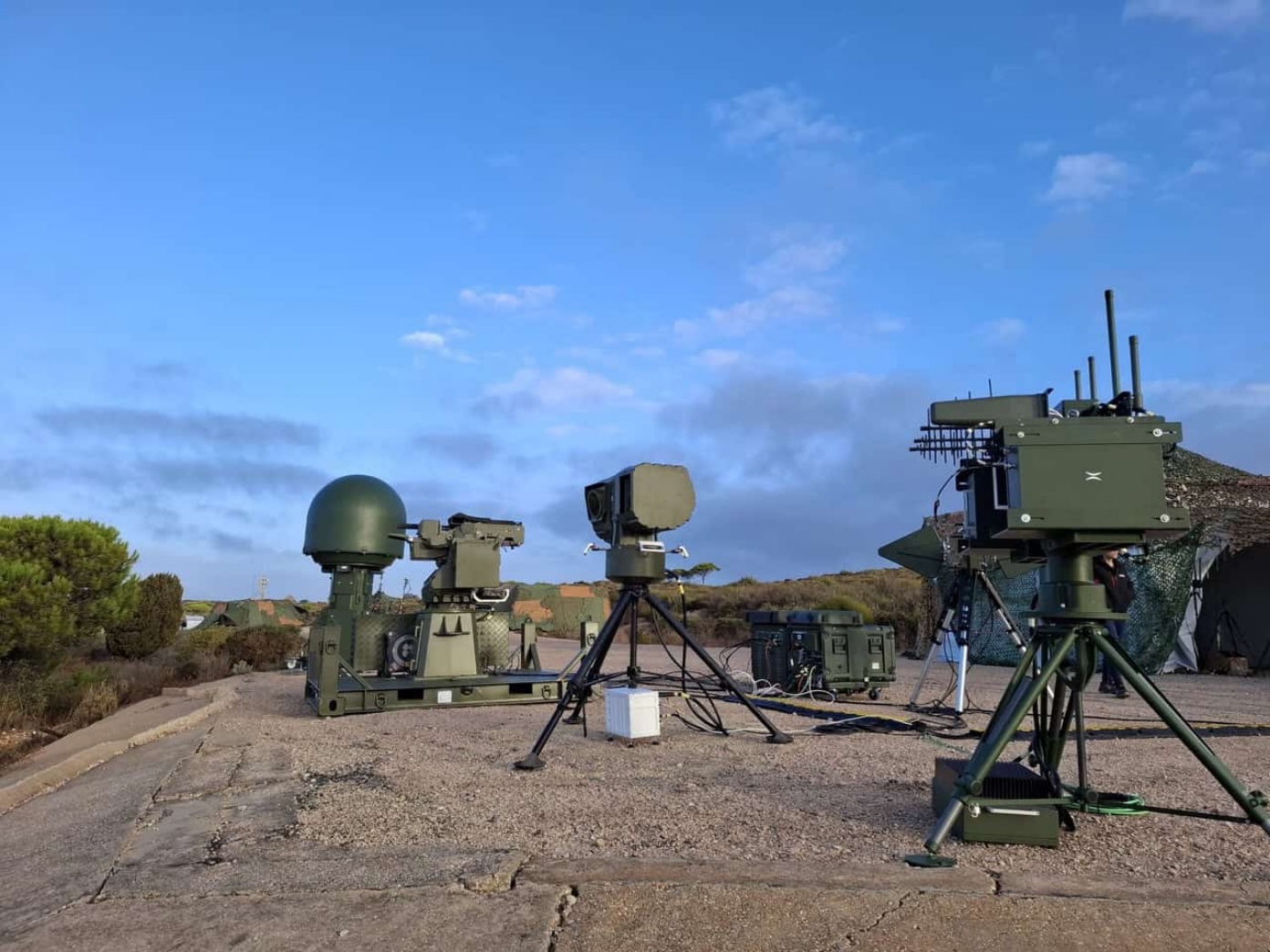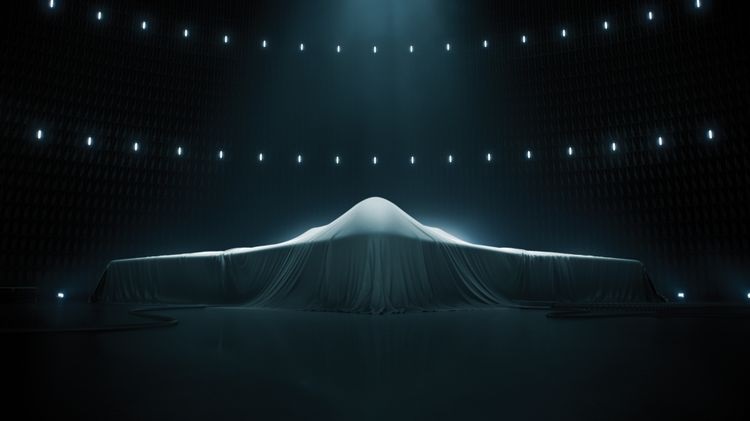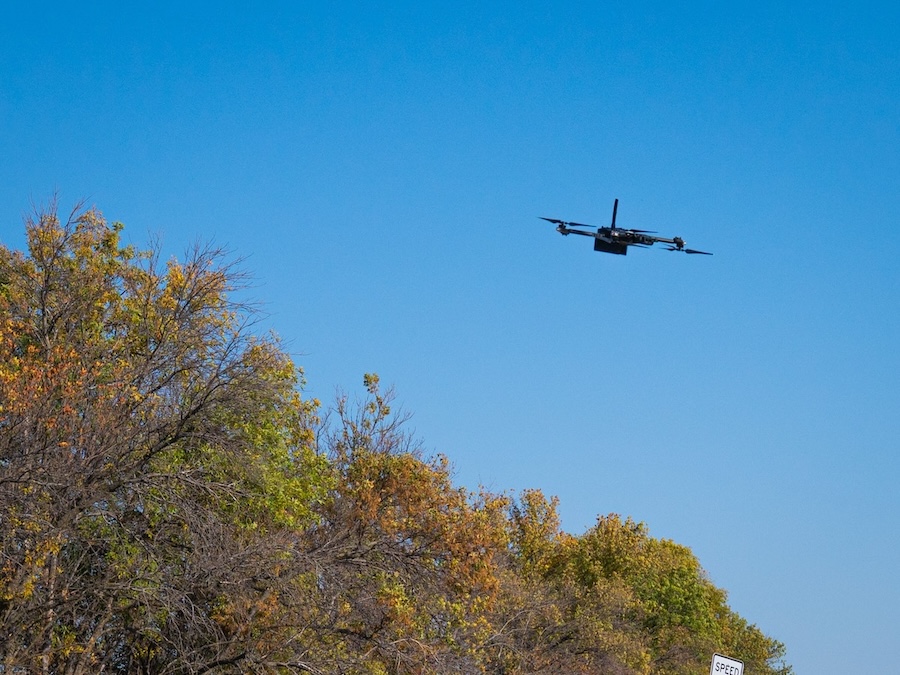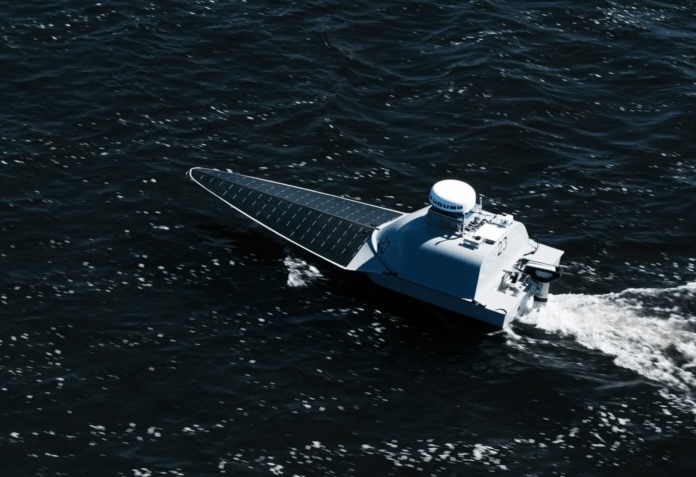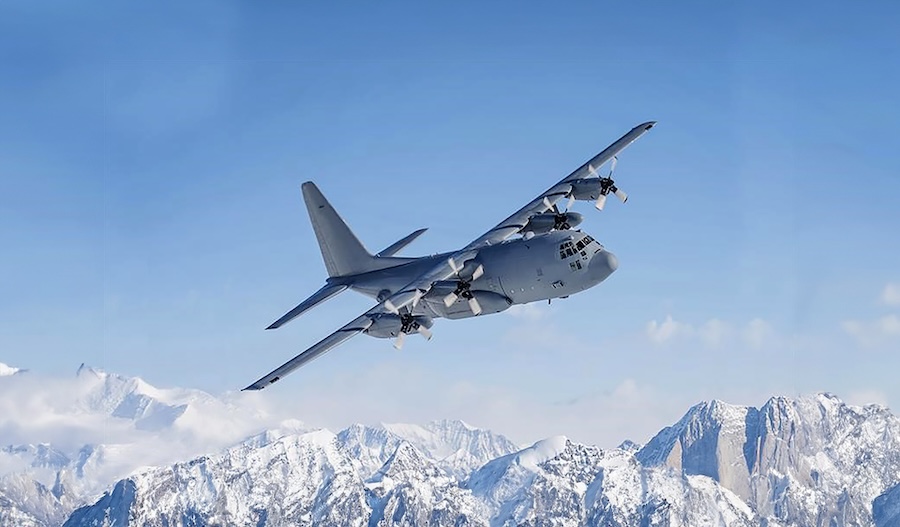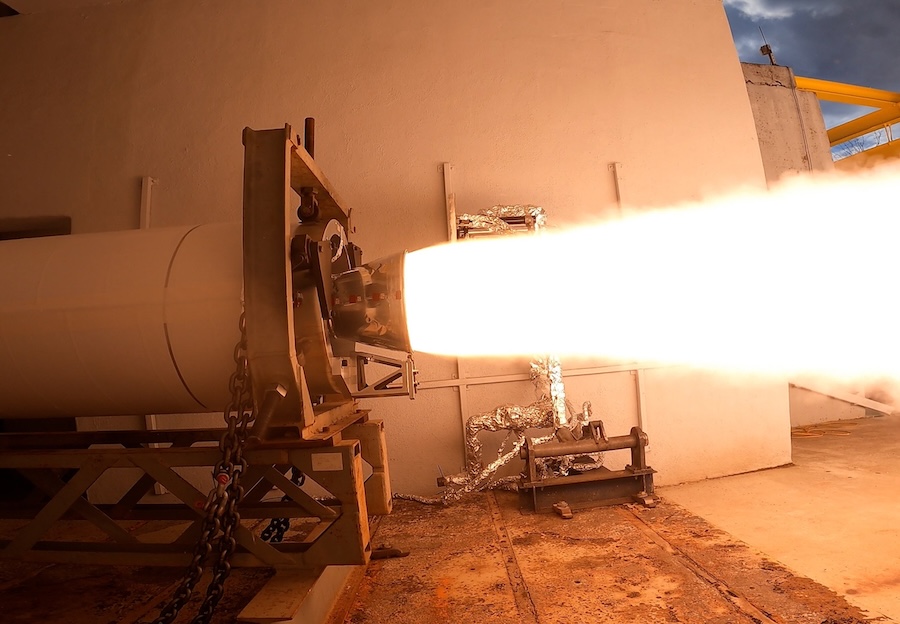The flight involved one of the three AH-64D helicopters that arrived in Poland in mid-June. These aircraft are part of a broader leasing agreement signed in February, valued at USD 300 million, for a total of eight helicopters to support pilot and maintainer training.
The training initiative serves as a preparatory step ahead of the delivery of 96 AH-64E Apache helicopters, ordered under a nearly USD 11 billion contract signed in August 2024. The first batch of 15 newly produced AH-64Es is scheduled to be handed over to the Polish Armed Forces in 2028.
According to Boeing, the AH-64D Apaches leased from the U.S. Army have arrived at Inowroclaw Air Base in Poland. “The Polish Armed Forces are leasing eight aircraft from the U.S. Army to train pilots and maintainers in anticipation of their future AH-64E fleet of 96 aircraft,” the company stated.
Boeing emphasised that the lease reflects a continued commitment to the Apache platform and enhances interoperability and battlefield capabilities. “The arrival of the first D-model Apaches to a key NATO ally represents a pivotal change underway in Poland’s defense capabilities,” the company said.
The agreement positions Poland as the second-largest Apache operator globally, following the United States. Boeing noted that the AH-64E, the latest version of the Apache, “combines a battle-tested design with transformational technologies to deliver an unmatched mix of performance and versatility.”
The AH-64E continues to evolve as part of the U.S. Army’s modernisation strategy, integrating advanced technologies through an open systems approach. “The Boeing team is demonstrating how the Apache can seamlessly and rapidly integrate the latest technologies, including counter-Unmanned Aerial System solutions,” the company added.
With more than 1,300 Apaches in service worldwide, Boeing concluded that international operators continue to value the aircraft’s combat-proven capabilities. The leasing and forthcoming acquisition underscore Poland’s efforts to modernise its armed forces and strengthen NATO’s eastern flank.

